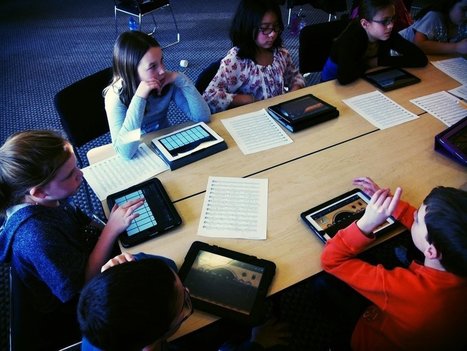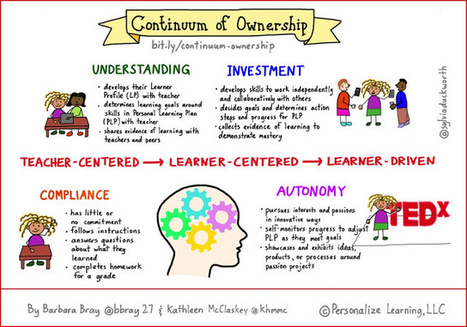Empoderados por la tecnología, estudiantes de nivel básico están utilizando cada vez más dispositivos móviles, juegos, recursos en línea y digitales para auto-dirigir su propio aprendizaje.
Resultados de una encuesta a estudiantes en EEUU
Via manuel area



 Your new post is loading...
Your new post is loading...














